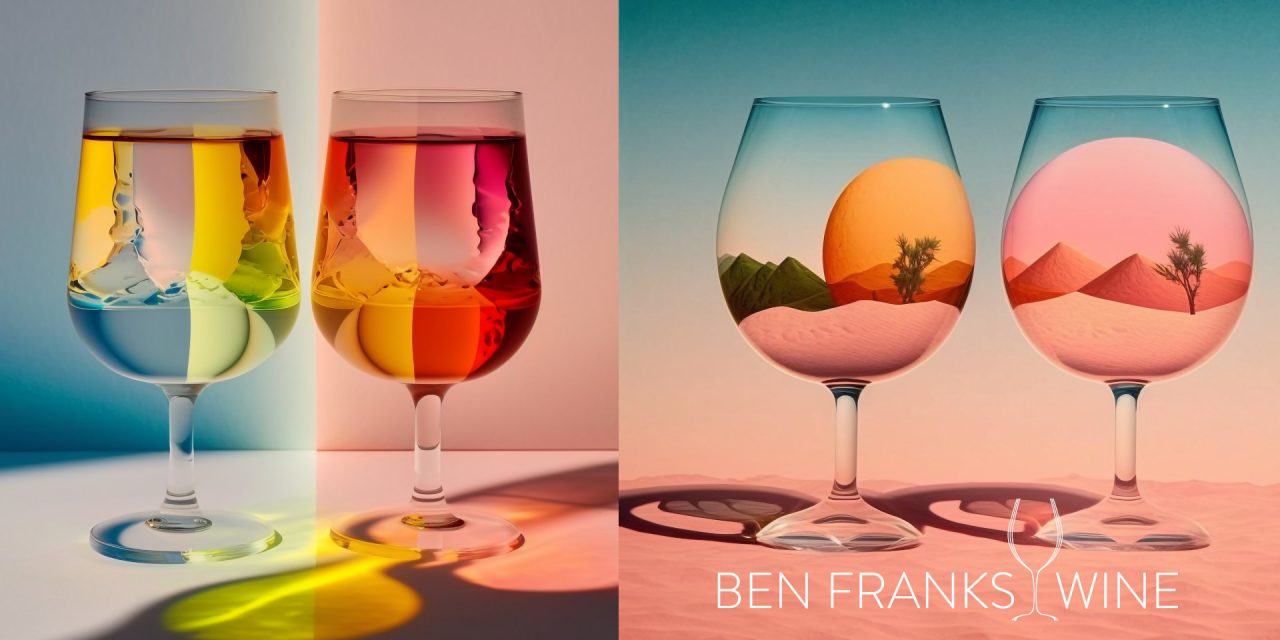In Jon Reay‘s latest article for Ben Franks Wine the digital drinks expert explores a new trend for liquid art in your glass and the ability to offer personalised prints on your favourite drinks. Is this a new opportunity to promote brand loyalty and enhance on-trade experiences? Or is the trend simply an expensive fad?
Cocktails have long been served with garnish and decorations to add to the experience but now you can ‘print’ edible designs on top of or inside drinks. This adds a whole new dimension to the standard serve, enabling personalisation that people will pay for.
Is this the next big thing to attract more to the on-trade and events or just hyped up PR? I explore what’s out there and give my take on the real value to drinks brands.
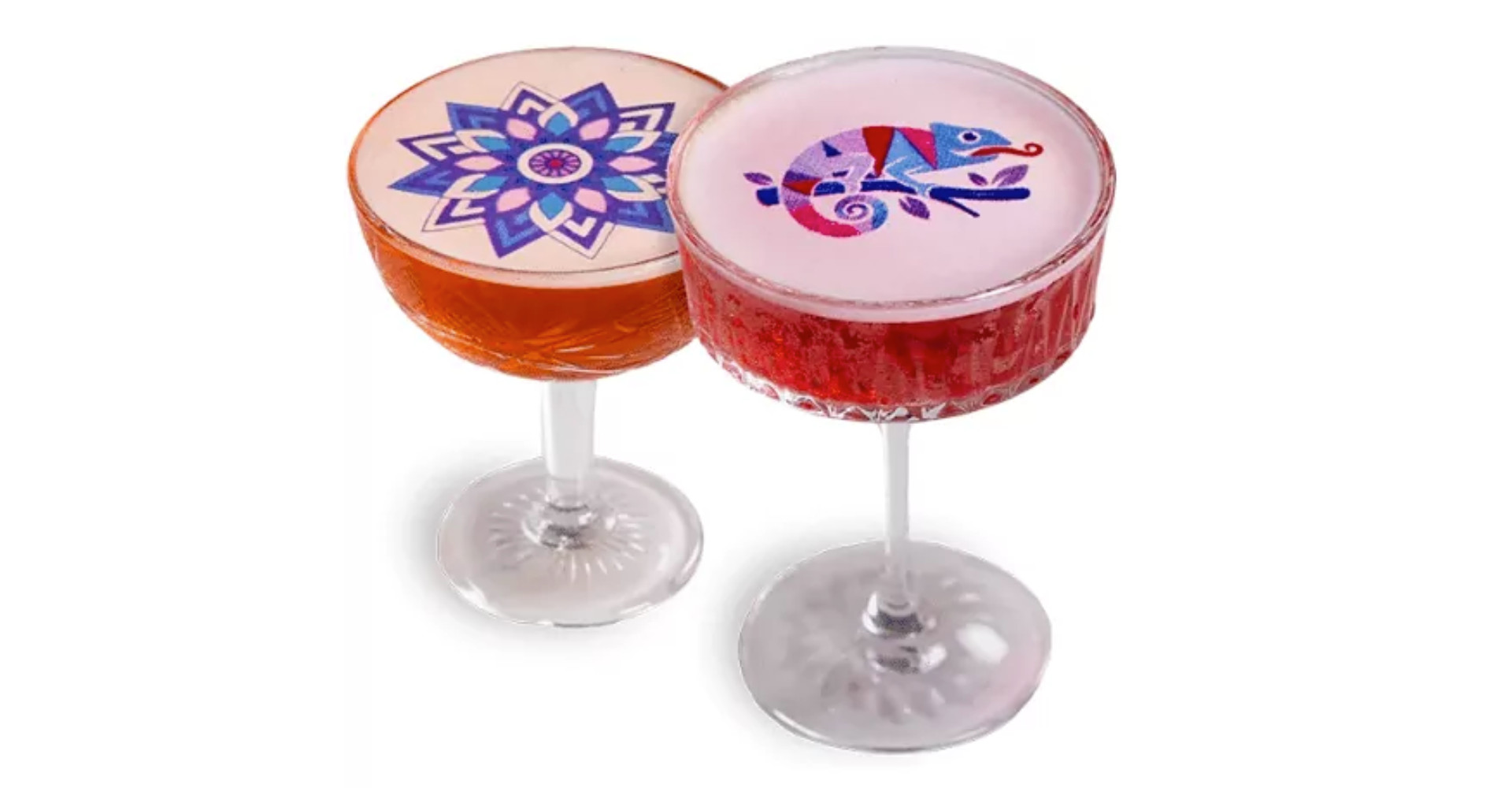
Personalised cocktail prints by Ripples
Drinks as a canvas
You’re probably familiar with latte art on your barista-made coffee. These can be quite elaborate but what about seeing your name or even your face on your drink? The technology now exists to enable this, not just on your morning coffee, but on cocktails and beers too.
With access to the right hardware, you can print personalised and detailed edible art on the surface of your favourite drinks. Emerging new technology now enables you to print below the surface in three dimensions too.
What’s more, with an increasingly varied set of natural ingredients, you can create such art in multiple colours from any photo, pattern or text of your choosing.
There are three different technologies currently out there.
Ripples instantly prints personalised, multi-colour designs on coffee, beer and cocktails and is already available in a wide selection of bars and at special events around the world.
As well as choosing from a set of existing designs, drinkers can take a selfie or create their own custom message to be printed. Ripples has also been experimenting with generative AI (Artificial Intelligence) to create some unique and innovative new designs.
LiDR (‘Liquid Drawing’), by Suntory, made a splash at CES 2023 (Consumer Electronic Show) claiming to be the world’s first submerged drawing technology that turns liquid into a canvas. LiDR’s robot uses food-derived drawing liquid to draw text, illustrations and 3D patterns in drinks.
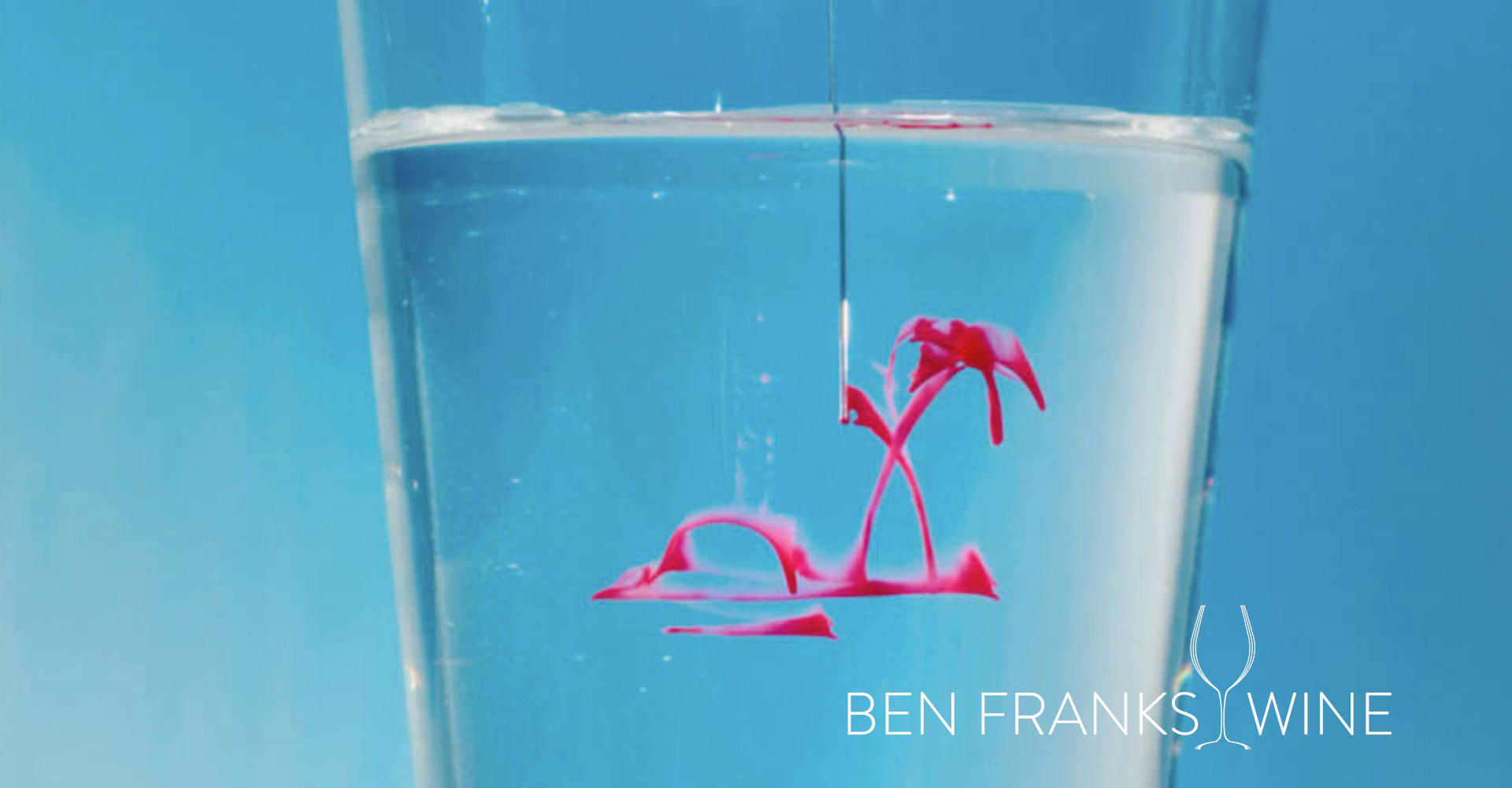

LiDR printing in progress.
Despite its claims, LiDR isn’t the first to print inside drinks.
Print a Drink, born out of a university research project in Austria, launched a similar robot to form custom designs printed inside a cocktail. The food-grade, oil-based liquid only works in drinks with less than 40 percent alcohol otherwise the injected beads will float to the surface. Designs last for roughly 10 minutes before dissipating.
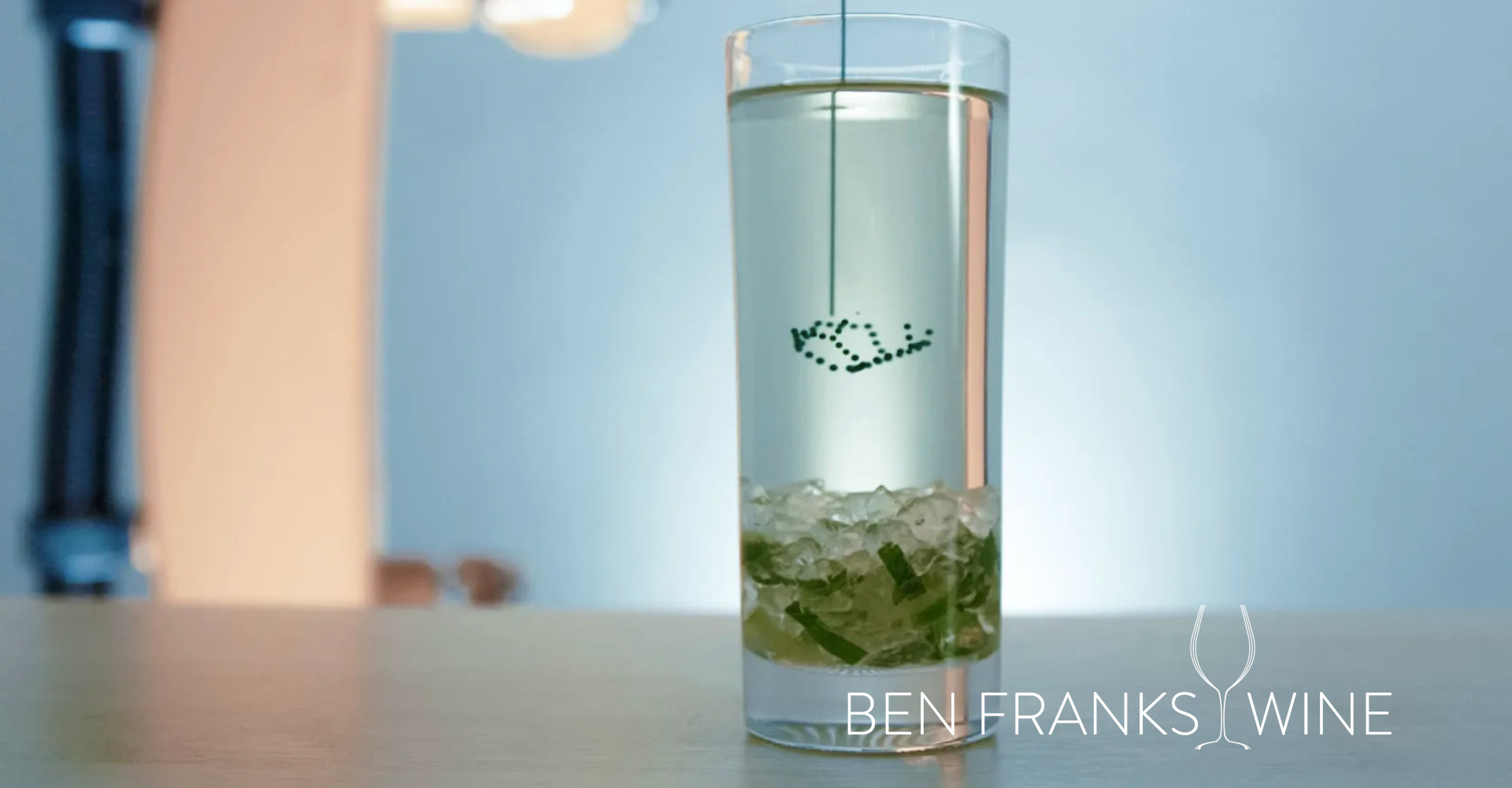
Print a Drink is reminiscent of the dot matrix printing days.
Brands exploring liquid art
This is all still quite early stage, and because of the hardware requirements, it’s not yet gained widespread adoption. But a number of large scale and premium brands have experimented with in-glass art and have seen compelling success.
Guinness / Diageo
The ‘Stoutie’ is a selfie printed on top of a Guinness. After Guinness saw a 20% increase in first-time drinkers who ordered the beer and a 26% increase in sales during trials, they introduced the Stoutie as a permanent fixture at the Guinness Storehouse in Dublin and Guinness Gatehouse in Shanghai.
Diageo’s CMO said it plays into that premium experience as well as being something that is naturally talked about and shared online.
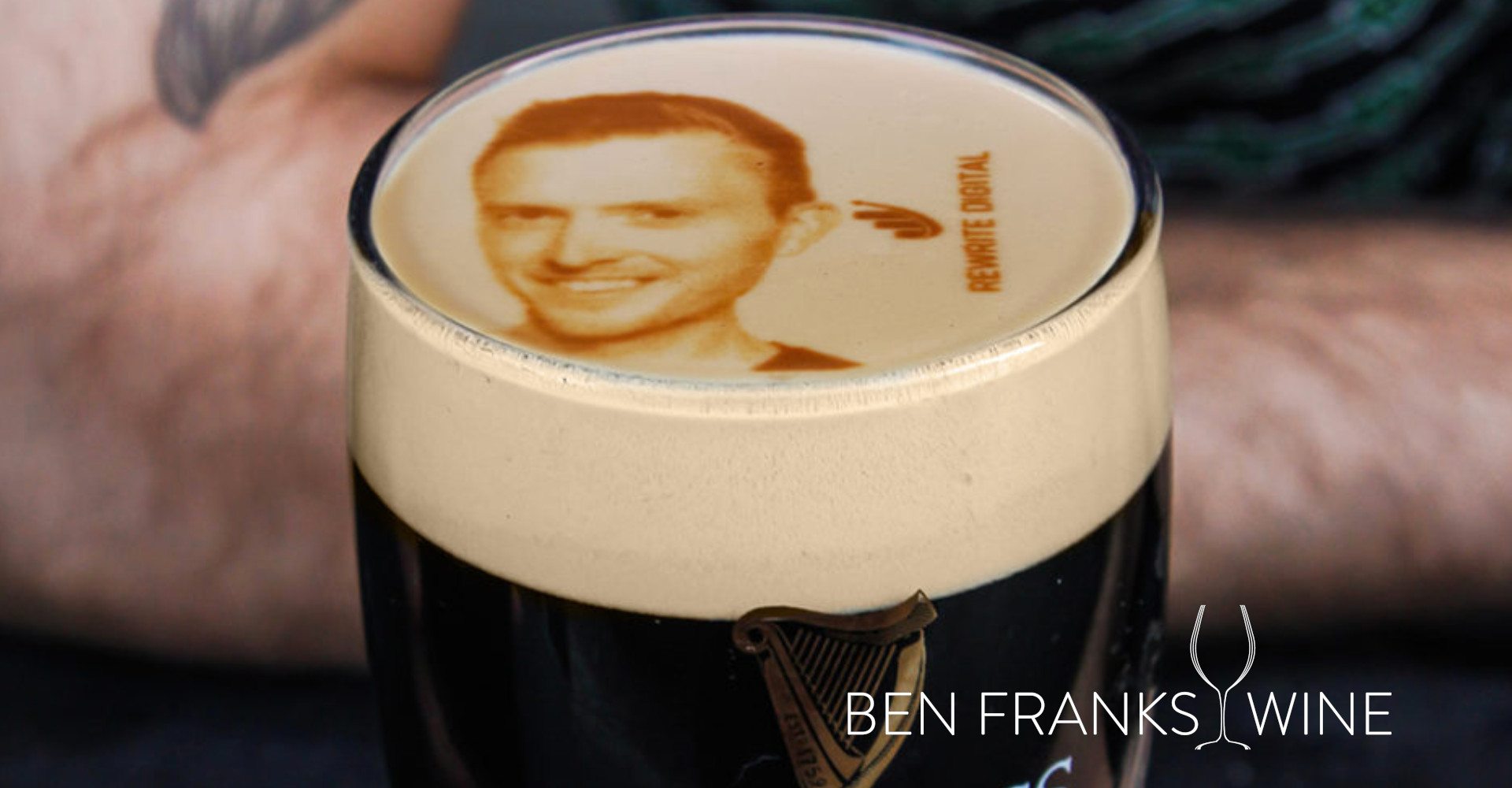
Jon Reay’s face on a Guinness
What’s my take?
Guinness, with its frothy white head, was made for this particular innovation. It makes sense to install this at the brand’s experience destinations but it’s unlikely to make it to your local boozer.
Chandon / LVMH
The premium champagne brand wanted to create something memorable and shareable on social media for visitors to the Vivatech technology conference in Paris. They custom branded a Ripple Maker to use at the show.
What’s my take?
Chandon chose to use the technology to create a buzz but also make the connection to innovation while maintaining very high impressions of quality. It works for a PR stunt but not more.
Budweiser
As part of the World Cup 2022, Budweiser used Ripple Makers in selected pubs and bars to print live scores and reactions on pints.
What’s my take?
This is quite smart and taps into the real-time social buzz around major sports events like this. I can see it becoming used more widely by drinks brands to activate their sports sponsorships at event venues and in pubs and bars around the world.
Suntory
The multinational brewing and distilling company is behind LiDR. It’s part of their innovation division which conducts scientific research and develops technology to deliver value and grow businesses of the Suntory Group. So perhaps we’ll see it applied to brands like Jim Beam and Laphroaig one day.
What’s my take?
This is still a way off seeing anything even being trialled in bars anywhere, let alone the UK. I expect we’ll see it in Japan first, if at all.
Should you dive into in-glass art technology?
The hardware is a big barrier at present so it’s not going to be for everyone, yet. It works if you have a high volume of drinks that are likely to be sold with printed art, or for specific events or launches. The PR value is high though if you can capitalise on it.
In time, the technology should become more affordable and the competition to create ever more enhanced drinks experiences will drive demand.
For some, there’s nothing more beautiful than the simplistic purity of a glass of wine or a whisky on the rocks. Some things are perhaps best left as they are.
~
What are your thoughts about art in the glass concepts? Do you think they will help to drive demand for personalised experiences and increase margins or brand loyalty? Let us know in the comments below.

